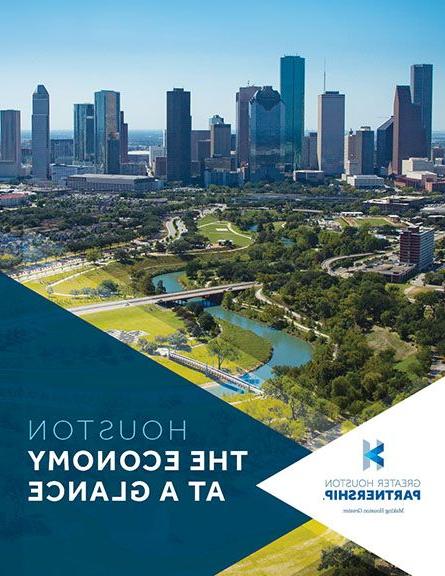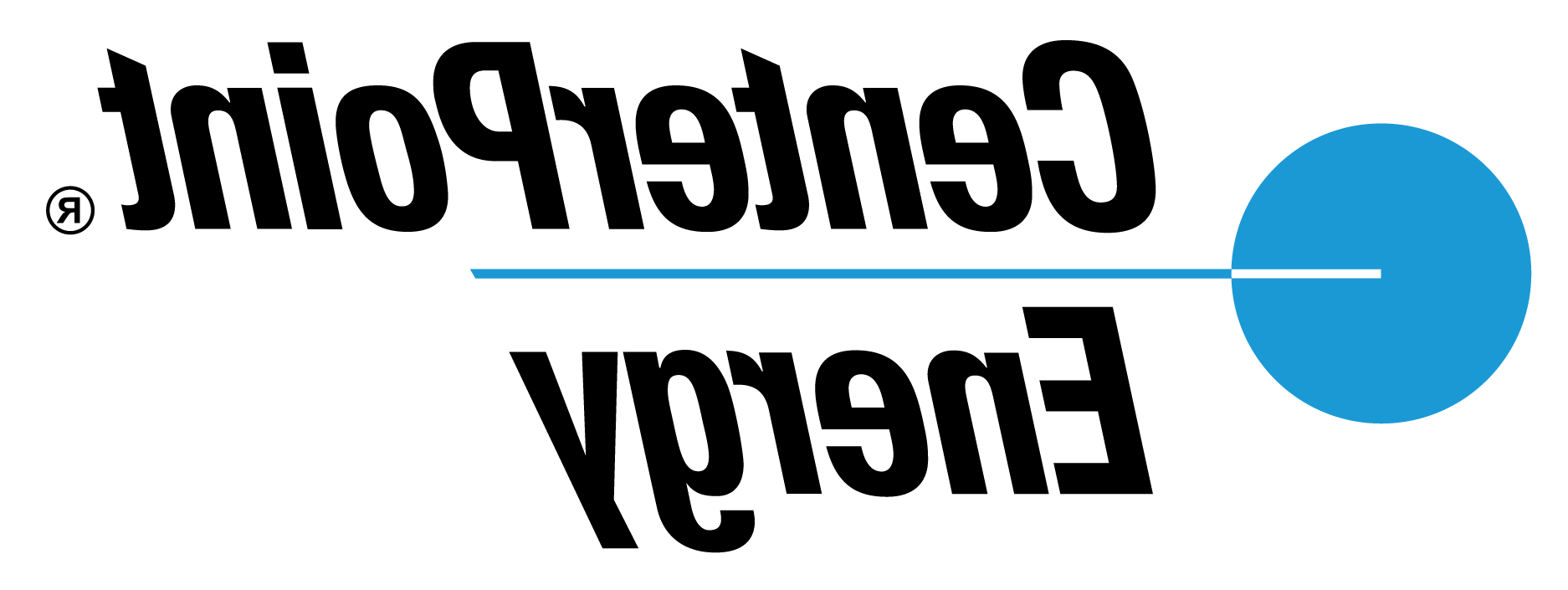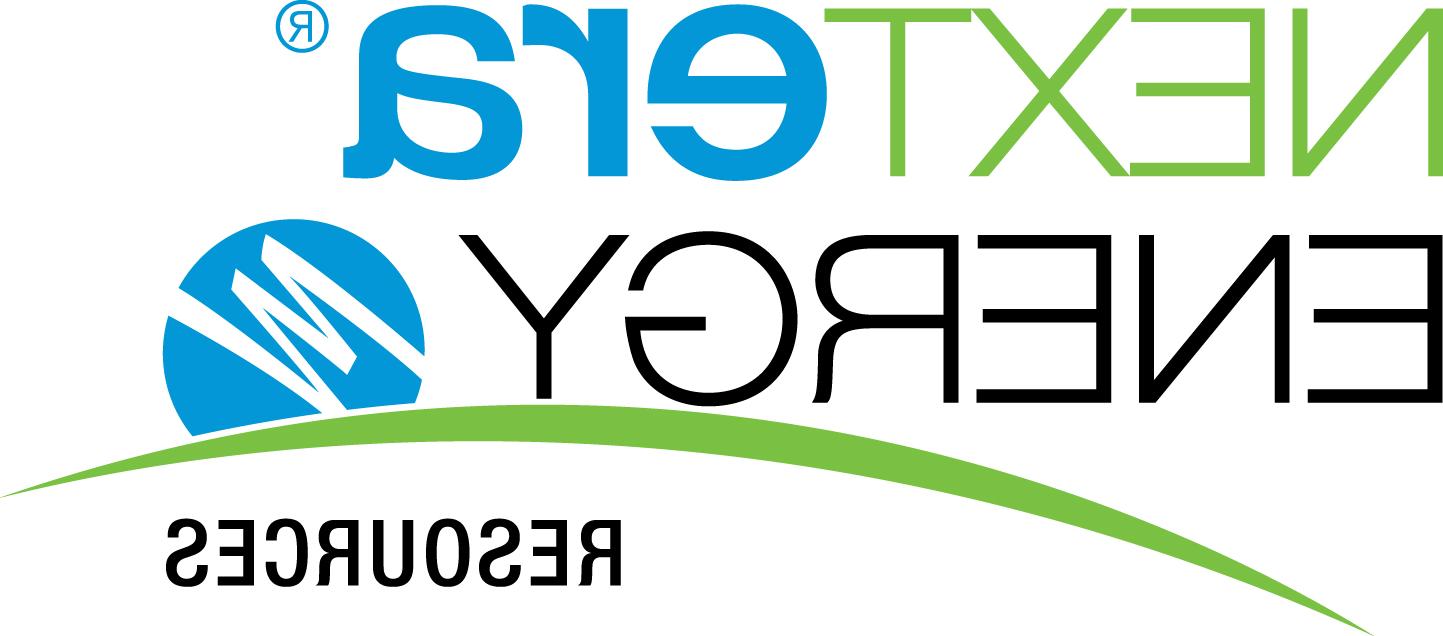Quarterly Update: Office Market
The Partnership sends updates for the most important economic indicators each month. If you would like to opt-in to receive these updates, please click here.
Estimated Reading Time: 2 minutes.
The Houston office market recorded 431,967 square feet of positive net absorption in Q3/24, up significantly from 705,439 square feet of negative absorption in Q3/23. Negative net absorption occurs when more space is vacated than occupied.
In Q1/24, the market logged 705,070 square feet of negative absorption. However, Q2 saw a turnaround with 531,197 square feet of positive absorption. Q3 brought positive net absorption for the year to date to 258,094 square feet. Houston has seen this pattern of fluctuating absorption three of the past five years and five of the last ten.
Since ’14, net absorption has averaged negative 43,836 square feet per quarter. This has contributed to a significant increase in available office space. The availability rate—which includes vacant, soon-to-be vacant, and sublease space—was 17.9 percent in Q3/14. Over the past decade, negative absorption has driven availability upward, reaching 26.0 percent in Q3/24.
Ten years of negative absorption has dumped a considerable amount of space onto the market.
The breakdown of available office space by type:
- Class A: 43.0 million square feet
- Class B: 23.0 million square feet
- Class C: 1.7 million square feet
Given the current availability of space, the number of expiring leases, and the historical absorption levels, the office market is likely to face continued challenges in reducing vacancy to healthier levels. Since Q3/14, vacancy rates have steadily increased, peaking at 28.0 percent in Q4/22. While there has been a slight improvement in ’24, with the rate dropping to 26.0 percent in Q3/24, the market still has a long way to go to return to pre-’15 levels, where vacancy rates were below 20 percent. Without significant positive absorption and new demand drivers, the office market may struggle to bring vacancies down to more balanced levels.
Negative net absorption has prevented landlords from raising rents. Gross asking rent in Q3/24 was $29.93 and has remained in the range of $27.96 to $30.50 since ’14. Gross rents encompass taxes, insurance, maintenance, and rent paid to the owner. Adjusted for inflation, gross rents have decreased.
Office construction is constrained by the oversupply of space and lack of rent growth. ’22 saw the least amount of new space (1.2 million sq. ft.) come onto the market since ’12. Almost 3.0 million square feet of space was delivered in ’23, and 1.1 million square feet through Q3/24.
Houston's construction pipeline has thinned out notably over the past few years. As of Q3/24, there were 1.8 million square feet underway, equal to 0.7 percent of Houston's total inventory of 258.9 million square feet, and less than half of the 10-year average of 4.6 million square feet. Medical/office projects accounted for roughly half (48 percent) of office projects under construction in Q3/24. Total new construction was about 88 percent preleased, as of the third quarter, minimizing the impact of new supply.
The work-from-home trend continues to affect office occupancy. According to the Kastle Systems Back-to-Work Barometer which tallies how many employees have returned to offices based on the use of their entry cards, average office occupancy in Houston was around 60 percent at the end of Q3/24. Austin and Dallas experienced comparable levels. Other metros fared much worse.
As a result, when leases come up for renewal, tenants are scaling back their space needs or relocating to newer buildings and those with better amenities. At the end of Q3/24, the vacancy rate for newer buildings completed in the past 15 years averaged 15.0 percent compared to 27.0 percent in older, vintage buildings completed before ‘09.
Prepared by Greater Houston Partnership Research
Leta Wauson
Research Director
lwauson@xyschool.net


















